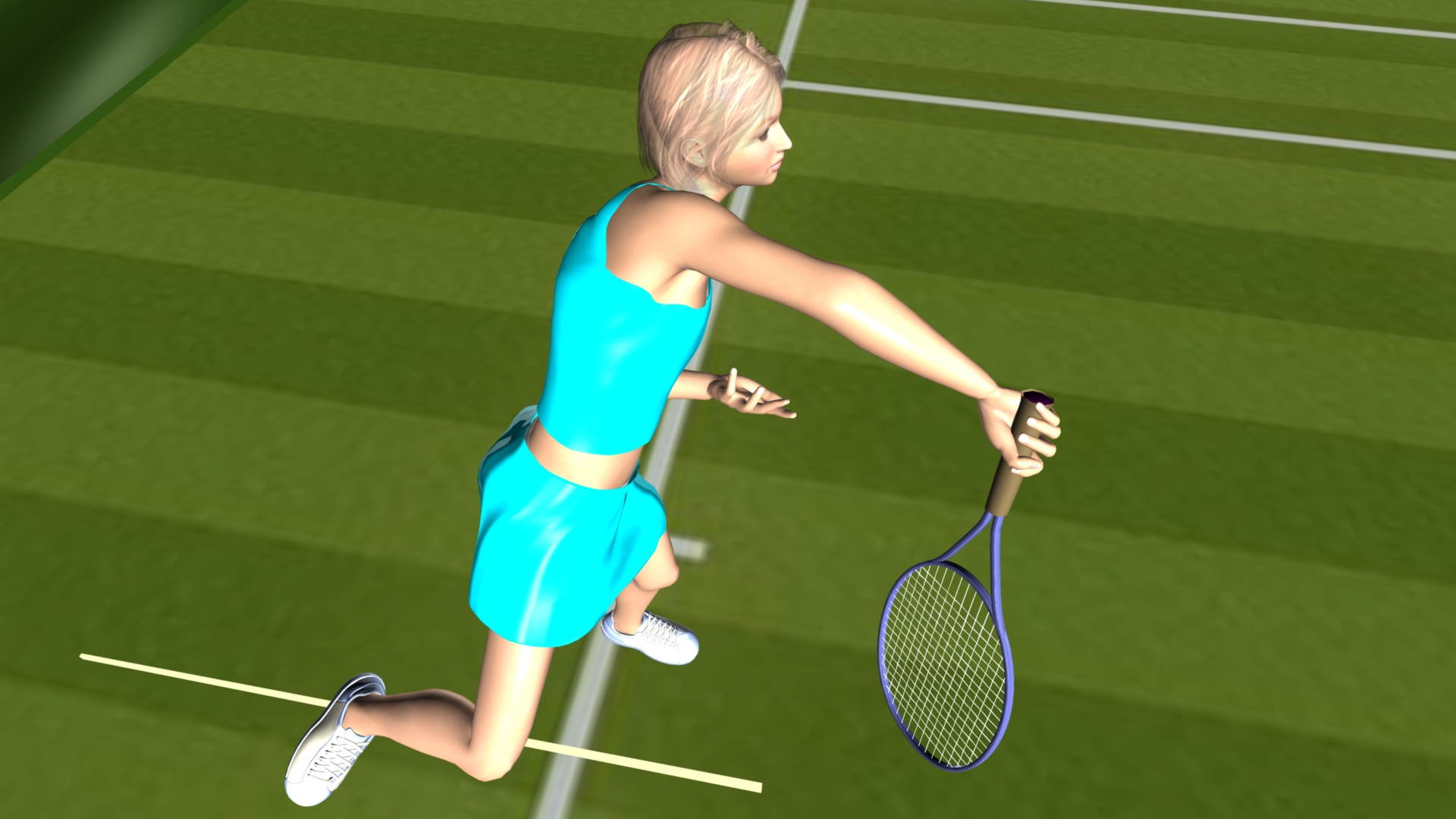The Serve
It always begins with a serve. Every point, every game, every set, match, and tournament starts with a serve. The first serve is the only no-risk shot in tennis. The second serve is the only second chance in tennis. When your serve goes south it all goes south - you may have experienced this yourself. The converse is also true - when your serve is on, it is all on. We can't all serve like John Isner (fastest serve 149.9 MPH) because we are not all 6'10" tall 245 lbs. However, you can develop a serve that allows you to start every one of your service points on the "higher ground" for your style of game, prevent your opponent from exploiting your serve, and force your opponents to hit balls and take up positions that are uncomfortable for them. Your serve doesn't have to be a 100+ mph screamer to achieve those ends. Sometimes the best serve is a short, 30 mph "pus ball" that temps the receiver into error, but if you make a habit of hitting weak serves, you are going to be watching a lot of returns go by you. To be effective, both your first and second serves must be consistent, deep, well placed and carry sufficient spin and pace to prevent your opponents from taking advantage of it.
The One and Only Service Grip
There is very little variation on the serve grip amongst playing pros. The grip is the continental or "universal grip" but with the addition of the thumb on top of the middle finger (refer to the animation below). The knuckle of the index finger is located over the first bezel after the top one. The little finger hangs over the end of the racket a little. Beyond that, the grip can be spread out or fisty - see what feels best.
The popularity of this grip on the serve is simple; this grip allows one to hit with remarkable pace and remarkable spin at the same time. Spin in the serve comes from two sources; brushing across the ball from low to high and left to right, and pronation of the forearm and shoulder after the ball has left the strings. Wait! What? But! Yes, you heard me right. What happens in the follow through of any stroke is indicative of things happening at the moment of contact. The pronation that occurs in the follow through indicates that a pronation force was present when the racket face met the ball. If there is unopposed pronation force on the racket at the moment of contact, that force will inject both top and sidespin into the ball due to rotational impulse. Heavy spin vastly improves the serve consistency for you and unpredictability for your opponent. It lets you greatly increase the percentages of your first serve and also hit your second serve with as much oomph as your first serve just by upping the amount of spin a bit.
The continental grip "supinates" the racket in your hand which means that with the racket pointing at the target at the moment of contact there is still some pronation left in your forearm. The effort of "going for" that pronation results in pronation force at the moment of contact which adds massive spin to the ball.

